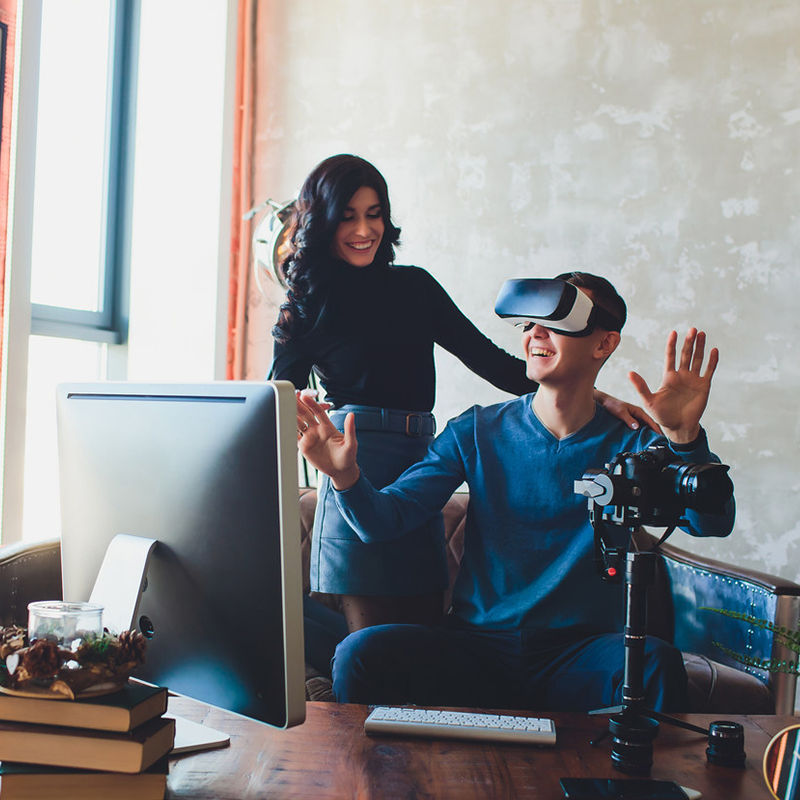Virtual Production

Key Takeaway:
In 2023, the Virtual Reality market is expected to grow 50% and generate $7 billion worldwide, with 90% of that revenue coming from headset kit sales. But the remainder 10% coming from the VR software market in games and enterprise applications is critical in the long run and goes hand in hand with the virtual production transformational moment that both film and cinema industries are living.
Trend Type: Technology
Sub-trends: VR Content Vs Headset
Use Cases
Virtual Production: Nvidia Studio is a platform for creators that includes the most advanced graphics processor architecture, specialized drivers and software for over 200 creative applications. The platform also features Nvidia Omniverse, a single platform that connects independent 3D design worlds using Universal Scene Description to transform 3D workflows and enable collaboration across the globe. Nvidia is partnering with over 40 software vendors to transform 3D workflows and adding new features like Nucleus Cloud, Omniverse Machinima, and Audio to Face to make 3D content creation easier and more accessible.
Virtual Production: “The Volume” is a technique used in Disney+’s “The Mandalorian” to create immersive environments without green screens. It uses LED panels, physical set design, and 3D models to simulate the real world and respond to camera movements. This technique allows for more seamless integration of CGI and real-life elements and has the potential to revolutionize the filmmaking process. The video is sponsored by Verizon, which launched 5G nationwide in USA.
VR Content Vs Headset: Lowe’s is experimenting with digital twins and AI to improve store planning for retail associates. They are using a Universal Scene Description (originally developed by Pixar Animation Studios) to create digital twins by aggregating native CAD from different tools. These digital twins enable retail associates and planners to collaborate in real-time, identify anomalies and simulate customer traffic flow patterns. The use of Nvidia Omniverse microservices and Magic Leap 2 headsets in augmented reality is transforming how associates reconfigure shelves and aisles, enabling accurate object detection and identifying occluded products on hard-to-reach shelves.